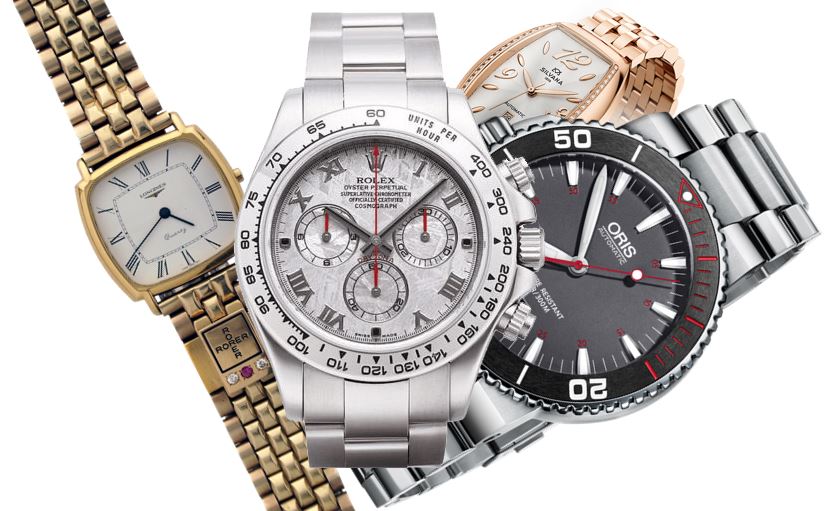 Generations Y and Z, known for their affinity for avocado toast and their habit of killing traditional industries, show no sign of staving off their appetite for luxury goods. Despite being saddled with debt, a study published this year by Bain & Company reported that Gens Y and Z represented 47% of global personal luxury goods consumers in 2018, accounting for a third of sales and nearly all of the market’s growth. These new generations of consumers, the most digitally-connected of their kind, exhibit tastes and purchasing habits distinct from those of their parents and grandparents.
Generations Y and Z, known for their affinity for avocado toast and their habit of killing traditional industries, show no sign of staving off their appetite for luxury goods. Despite being saddled with debt, a study published this year by Bain & Company reported that Gens Y and Z represented 47% of global personal luxury goods consumers in 2018, accounting for a third of sales and nearly all of the market’s growth. These new generations of consumers, the most digitally-connected of their kind, exhibit tastes and purchasing habits distinct from those of their parents and grandparents.
They are shaking up the way luxury goods are bought and sold, forcing even the most traditionalist luxury brands to take notice and shift their attention to the digital world. For the luxury watches industry-still recovering after its slump in 2016-this shift is all the more important.
A lot of high-quality watches come with a hefty price tag. However, this one does not, but it gives off the same impression.
Luxury Watches are Increasingly Sold Online
Though luxury consumers still prefer purchasing items in-store rather than online, that tendency is shrinking. In 2018, online luxury shopping grew 22%, and now represents 10% of all luxury sales. This figure will only continue to grow: by 2025, online sales should make up 25% of the market. While accessories remained the largest category of items sold online, beauty and “hard luxury items” like jewellery and, importantly, watches also saw considerable growth in online sales.
E-tailers continue to make up the largest share of online luxury sales, not least because their business model allows for unparalleled flexibility: online platforms can offer a wider array of watch brands and price-points, while side-stepping geographical barriers. Further, purchasing luxury goods online has become easier and less risky, with platforms paying special attention to ensuring reliable and safe online transactions, and providing convenient apps to boot.
The Second-Hand Luxury Watch Market is Booming
That “digital natives” are driving growth in luxury goods does not only mean that purchases will increasingly take place online, however. Generations Y and Z are also behind the growing pre-owned watches market, reflective of a general shift in consumption habits. Sales of watches and jewellery make up 80% of the second-hand market, now valued at 22 billion Euros, and a large portion of those sales are taking place online. According to an FHH report, “within the next 5 years sales of pre-owned watches are forecast to equal and possibly even exceed the market for new watches.”
A Chance for Luxury Watch Brands
These major trends-more online and second-hand luxury purchases being made by younger generations-are slowly being noticed by luxury watch brands, which are notoriously resistant to change. Currently, online sales make up only 2% of luxury watch revenue, FHH estimates. However, the trends are clear, and luxury brands will only do themselves a disservice to ignore them.
Whereas only some brands are looking to engage in pre-owned watch sales, many are looking to open e-boutiques, reducing the number of physical stores in favour of a greater online presence, and are increasingly partnering up with different e-commerce platforms.
However, it would be incomplete to frame millennial purchasing habits as being either “online” or “in-store.” Rather, younger purchasers favour brands that will give them experiences and an individualised look. Olga Pancenko, COO and VP of marketing for Perrin Paris, has offered the following advice: “Instead of asking themselves how to sell to these customers, brands should try and become ‘friends’ with those new generations of consumers, participate in their lives through relevant channels and speak their language.”
The fact that giants like Rolex and Patek Philippe finally have an Instagram shows that the luxury watch industry is trying to do just that.

